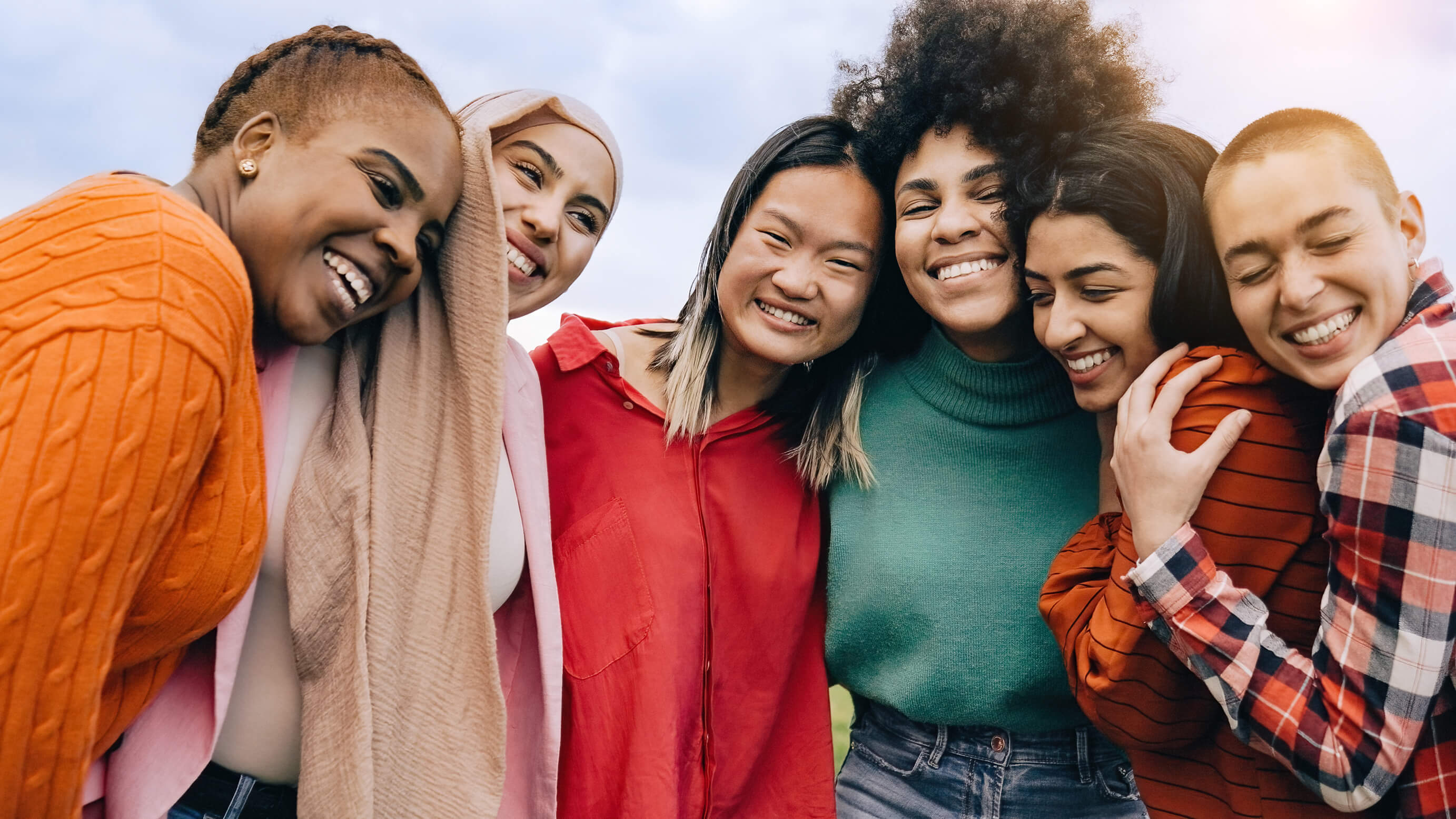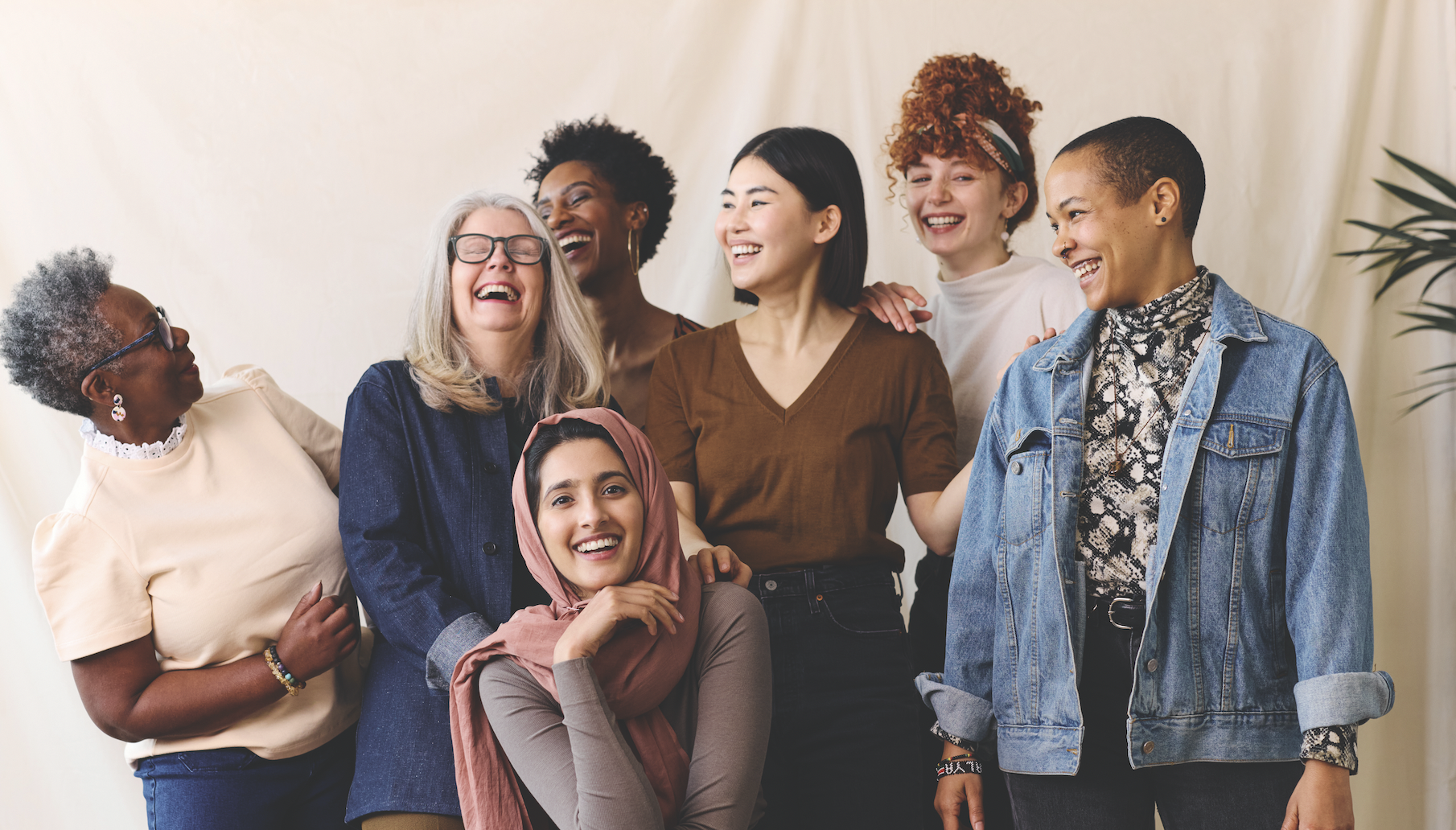
5 minute read
In Pursuit Of Equality
The Road to Meeting South Africa’s Gender Equality Goals
BY JESSIE TAYLOR
As in many parts of the world, gender inequality remains a challenge in South Africa. And while the country continues to make great progress in empowering women and creating equal opportunities, there is still work to be done if we are to meet the United Nation’s Sustainable Development Goals (SDGs).
Today, more women have access to education, participate in the economy and hold political leadership positions than in 1994. But women still face inequality in accessing employment, are more likely to experience poverty, and are often victims of gender-based violence.
A Global Effort Towards Equality

The SDGs are a global call to action to end poverty, protect the earth’s environment and climate, and ensure that people everywhere can enjoy peace and prosperity. They seek to achieve gender equality by 2030. The SDGs aim to end all forms of discrimination and violence against all women and girls everywhere, whilst also recognising and valuing unpaid care and domestic work through the provision of public services, infrastructure and social protection policies, as well as ensuring women’s full participation and equal opportunities for leadership in political, economic and public life.
The Goals call on countries to implement reforms that give women equal rights to economic resources. However, reports have raised a red flag that achieving them appears to be stagnating, and more than three billion girls and women still live in countries with poor scores for gender equality.According to the Equal Measure’s 2022 SDG Index, the global score for gender progress increased only from 66 to 67.8 out of 100 between 2015 and 2020 and South Africa is ranked ‘fair’ with a score of 70.1 as of 2020. This is well above the regional average of 52.
The index found that not one of the 144 countries has achieved gender equality. Only one country in every four is making fast progress towards gender equality and it is estimated that only around 71% of gender targets will be met by 2030 at the current rate. However, many countries are making some progress towards equality, among them South Africa. According to the World Economic Forum, South Africa is ranked 17th out of 136 countries in terms of gender equality.
Encouraging Women’s Participation Locally
South African women are taking up more and more leadership positions, especially in politics. South Africa recently ranked as 8th highest proportion of women in Parliament in the world and more than two out of every five Parliament seats are held by women. Prior to 1994, there was less than 3% representation. Globally, one of the biggest challenges facing women is unequal access to education. However, South Africa is making great strides in reducing this inequality. The literacy rate among women is increasing, and the enrolment rate for girls aged between seven and 15 is on par with that of boys. In addition, more women are now attaining tertiary education than in 19494.
Despite more women having a tertiary education, unemployment still affects more women than men. However, female labour-force participation has increased from 10% over the last decade and the unemployment gap between men and women is gradually narrowing. The number of teenage pregnancies is slowly decreasing, and around 80% of South African women of reproductive age said they had their family planning needs met.
The government has put in place legislation to improve the participation of women in the economy and has also prioritised the provision of basic services in rural areas, particularly to women.
Gender-based violence has also received significant attention from the government. To address the scourge of gender-based violence, President Cyril Ramphosa established the National Strategic Plan on Gender-Based Violence and Femicide in 2020. The Plan shows high level political commitment to acting decisively against gender-based violence, as part of the president’s Emergency Response Action Plan and had around R21billion allocated towards it, with the aim of eradicating gender-based violence by 2030.
Working Towards An Equal Future

The Equal Measure’s Index found that South Africa needs to commit to “strong and renewed efforts” if it hopes to stay on track in reaching its gender equity goals. One way the government can do this is through amending legislation to improve healthcare, food security and education for women. Increasing employment of women, and giving them access to leadership positions, is also key to promoting equality.
While South Africa has laws such as the Promotion of Equality and Prevention of Unfair Discrimination Act and the Employment Equity Act, implementation of these is falling short, according to the Commission for Employment Equity. This can also be achieved through investment in social services and infrastructure, as well as creating a space for women’s rights organisations to engage the government.
Equal Measures has also highlighted gaps in gender data, making it difficult to accurately measure the conditions women face. It suggested that gender be included in data such as crime statistics and food security, and that the official Time Use Survey — last conducted by Statistics South Africa more than a decade ago and which reflects the gender disparities in unpaid care – be resumed.
Gender inequality has been linked to increased levels of poverty, and increasing the amount of economically active women can transform the country’s economy. Women are also more likely to invest their earnings into the care of their children, in areas such as education, ensuring a stronger future for all of society.
Source: https://data.unwomen.org | https://southafrica.un.org | https://www.dailymaverick.co.za | https://www.equalmeasures2030.org | https://www.gcis.gov.za https://www.psyssa.com | https://www.statssa.gov.za










